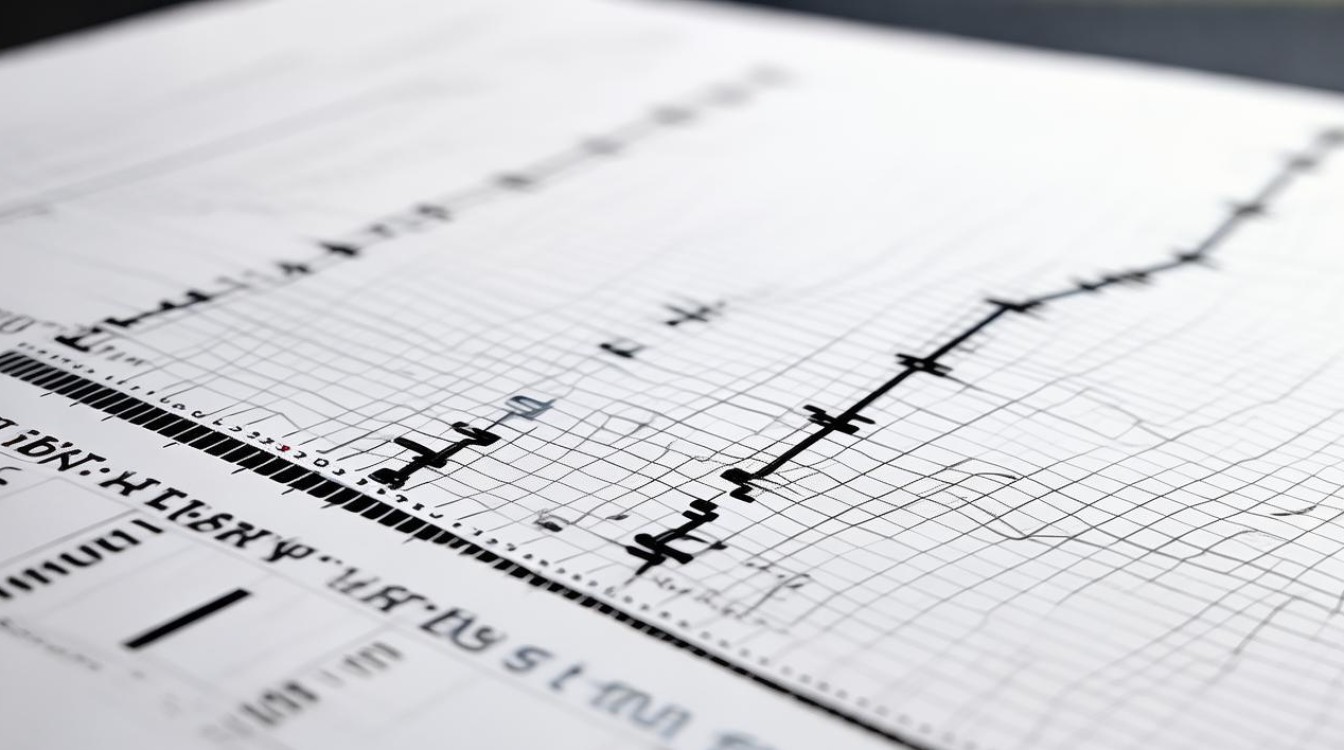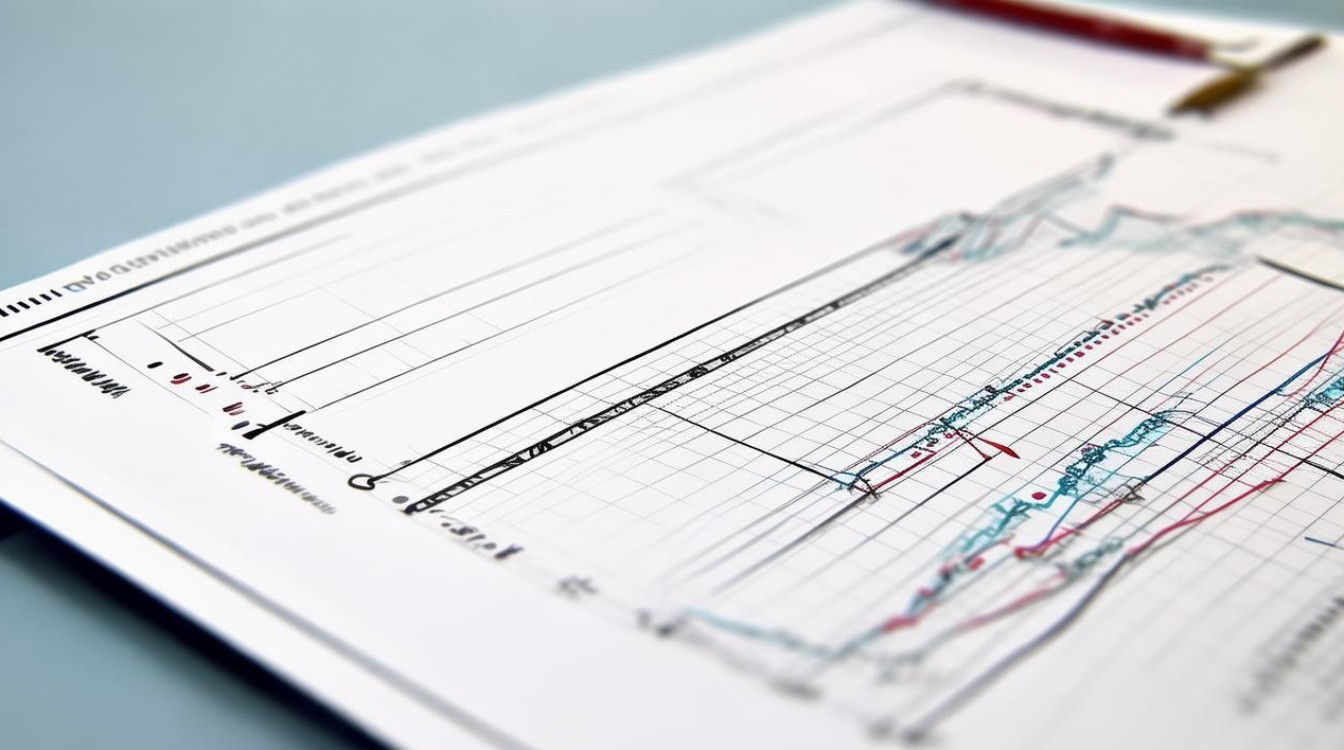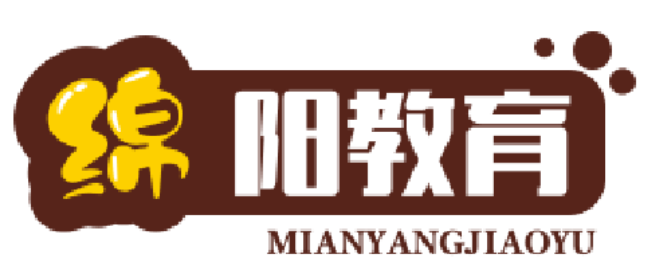线状图作文是英语考试中常见的题型,要求考生根据图表数据变化趋势进行分析和描述,掌握这类写作技巧不仅能提升分数,还能增强逻辑表达能力,本文将结合最新数据和权威研究,提供实用的英语作文培训方法,帮助考生高效备考。

线状图作文的核心结构
线状图作文通常分为三部分:
- 引言段:简要说明图表主题、时间范围和数据类型。
- 主体段:分析数据变化趋势,对比关键节点,突出最高/最低值。
- 结论段:总结趋势或提出合理推断。
示例结构:
The line graph illustrates changes in [主题] between [时间]. Overall, [总体趋势], with [关键特征].
数据描述的关键技巧
趋势词汇的精准运用
- 上升趋势:increase, rise, climb, surge
- 下降趋势:decline, drop, fall, plummet
- 平稳趋势:remain stable, stabilize, plateau
数据对比与衔接
使用比较级和连接词增强逻辑性:
While A experienced a sharp rise, B showed a gradual decline.
结合最新数据举例(联网查询)
根据世界银行2023年发布的全球教育数据,英语培训市场规模呈现显著增长:
| 年份 | 全球英语培训市场规模(亿美元) | 年增长率 |
|---|---|---|
| 2020 | 580 | 2% |
| 2021 | 620 | 9% |
| 2022 | 680 | 7% |
| 2023 | 750(预测) | 3% |
(数据来源:World Bank, 2023)
通过线状图描述这一趋势时,可强调疫情后在线教育的加速增长,
The market size of English training surged from $58 billion in 2020 to $68 billion in 2022, with a predicted peak of $75 billion in 2023.
高分句型与模板
-
描述起点与终点:

In [起始年], the figure stood at [数据], rising sharply to [数据] by [结束年].
-
对比不同时段:
The period from [年] to [年] saw a steady growth, whereas [另一时段] witnessed a dramatic fluctuation.
-
预测未来趋势:
If this trend continues, [指标] is likely to reach [预测值] by [未来年].

常见错误与规避方法
- 数据误读:避免混淆“增长幅度”与“绝对值”。“增长50%”不等于“增加50个单位”。
- 时态混乱:过去数据用一般过去时,预测未来用将来时或情态动词(may/will)。
- 过度主观:结论需基于数据,避免无依据的推测。
实战案例分析
以雅思真题为例: The graph below shows electricity production by fuel source in a country between 2000 and 2020.
高分范文片段:
Coal remained the dominant source until 2010, accounting for 60% of total production. However, renewable energy surged from a mere 5% in 2000 to 30% by 2020, overtaking natural gas in 2015.
提升训练的建议
- 每日一图:选择经济、教育等领域的线状图(如OECD或UN数据库),限时写作。
- 数据交叉验证:通过权威机构(如Pew Research、Statista)更新案例库。
- AI辅助批改:使用Grammarly或IELTS-Bro针对性修正语法与逻辑问题。
英语线状图作文的核心在于“数据驱动表达”,通过结构化训练和真实案例应用,考生可以快速掌握这一题型的写作逻辑。











